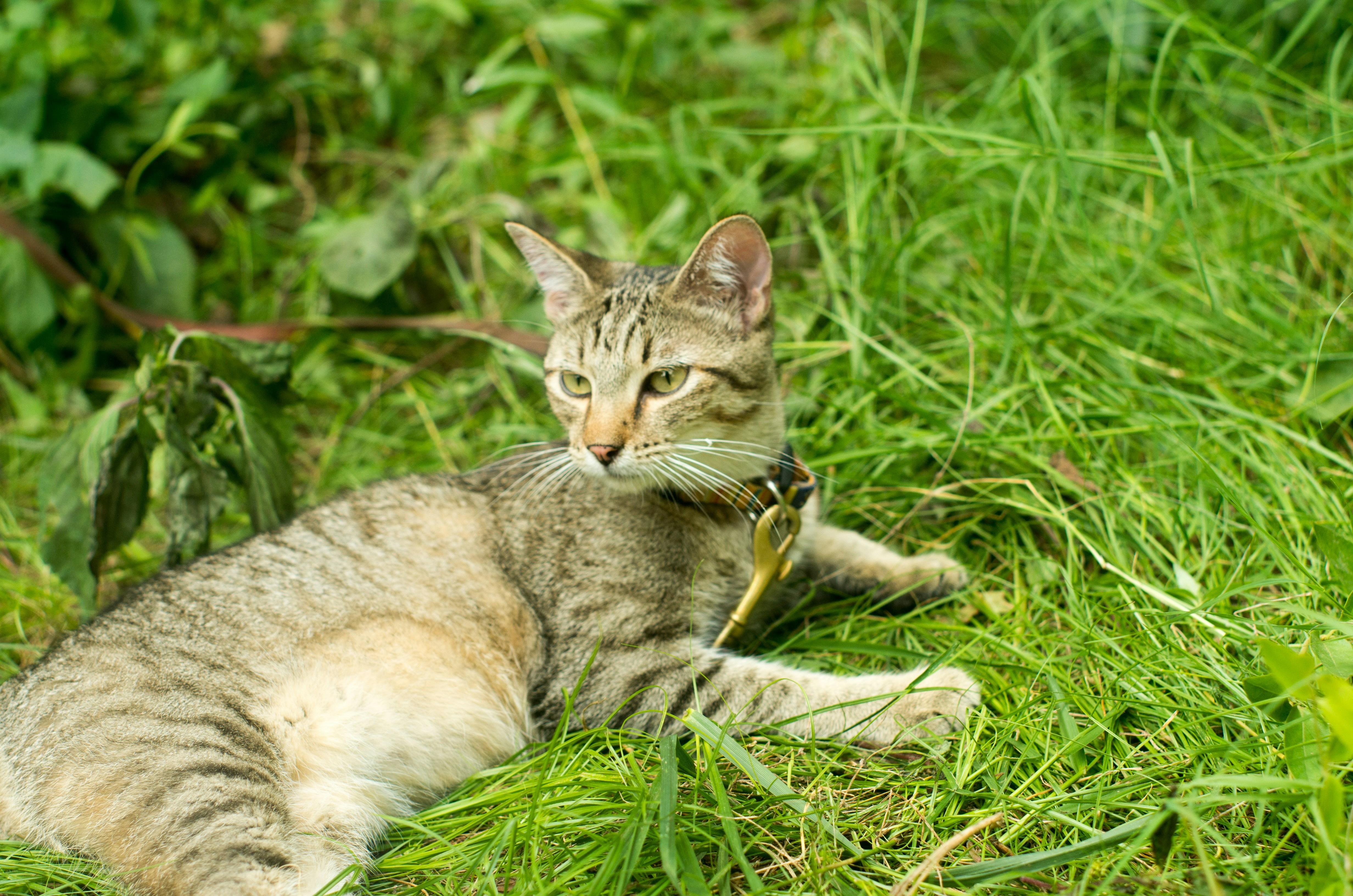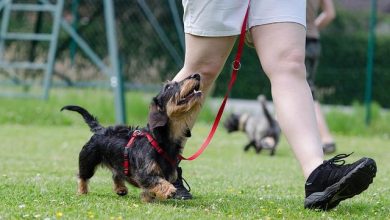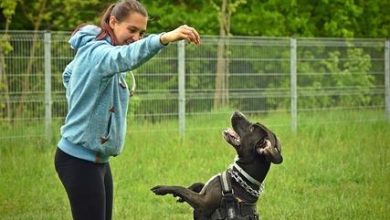How to Use Clicker Training With Positive Reinforcement

In the world of animal training, a small device with a distinct click has been making waves, transforming the way we communicate with our furry companions. Clicker training, a method rooted in the principles of positive reinforcement, offers a bridge between human intentions and animal actions. Imagine a language where each click becomes a word of encouragement, a signal of understanding, and a promise of reward. This technique, while simple in its mechanics, holds the potential to unlock a new level of cooperation and trust between you and your pet. In this article, we delve into the art and science of clicker training, exploring how a tiny tool can lead to big changes in behavior, making the learning process both effective and enjoyable for both trainer and trainee. Whether you’re a seasoned animal enthusiast or a curious newcomer, discover how to harness the power of positive reinforcement to build a stronger, more harmonious bond with your animal companion.
Mastering the Basics of Clicker Training
In the world of pet training, using a clicker in conjunction with positive reinforcement can transform the learning experience for both you and your animal companion. The clicker, a small handheld device that emits a distinct sound, serves as a marker to indicate the precise moment your pet performs the desired behavior. This method is not only effective but also fosters a strong bond built on trust and communication. To get started, you’ll need a clicker, a selection of treats your pet loves, and a bit of patience.
- Timing is Everything: The click should occur at the exact moment your pet performs the desired action. This helps them associate the sound with their behavior.
- Consistency is Key: Use the clicker consistently every time your pet exhibits the correct behavior. Consistency helps reinforce learning.
- Reward Immediately: Always follow the click with a treat. This reinforces the behavior and makes the training session rewarding for your pet.
- Keep Sessions Short: To maintain your pet’s interest, keep training sessions brief and fun. Aim for 5-10 minute sessions.
Creating a Positive Learning Environment
Crafting an enriching atmosphere where learners feel motivated and engaged is essential for successful training sessions. One effective method to achieve this is through clicker training with positive reinforcement. This technique not only promotes active participation but also fosters a sense of accomplishment and joy in learning. Here are some key elements to consider:
- Consistency: Ensure that the clicker sound is always followed by a reward. This consistency helps learners associate the click with positive outcomes.
- Immediate Feedback: Provide immediate feedback by clicking at the exact moment a desired behavior is performed. This clarity helps learners understand what is being rewarded.
- Variety of Rewards: Utilize a variety of rewards to maintain interest and motivation. These could include treats, verbal praise, or even a favorite activity.
- Clear Communication: Make sure that the instructions and expectations are clear. This clarity helps in setting the learners up for success, reducing frustration.
By focusing on these elements, you can transform any learning environment into a space that encourages exploration and builds confidence. The use of clicker training paired with positive reinforcement not only enhances the learning experience but also cultivates a culture of positivity and growth.

Timing is Everything: The Art of Clicker Precision
Mastering the art of timing with a clicker is akin to conducting a symphony where every note must align perfectly. Precision is the maestro’s baton, guiding your furry companion toward understanding and achieving desired behaviors. The clicker serves as a bridge between action and reward, creating a clear and immediate connection that is pivotal for effective learning.
- Observe keenly: Watch your pet’s behavior closely. The instant they perform the desired action, click the device. This requires acute attention and swift response.
- Practice makes perfect: Like any skill, clicker timing improves with practice. Begin with simple commands and gradually increase complexity as you and your pet grow more attuned to the rhythm of training.
- Consistency is key: Use the clicker consistently with the same timing and reward system to ensure your pet understands the cues. This fosters a sense of predictability and trust.
In essence, the clicker is not just a tool but a language, one that transcends words and taps into the innate intelligence of your pet. The precision of your clicks will not only reinforce positive behaviors but also cultivate a deeper bond through mutual understanding and respect.

Reinforcing Success with Rewards
Integrating rewards into your clicker training routine is a powerful way to solidify desired behaviors. When your pet associates the sound of the clicker with a reward, it creates a positive feedback loop that enhances learning. The key to effective reward-based training is consistency and variety. Consistency ensures your pet understands the correlation between the click and the reward, while variety keeps the training engaging and motivating.
- Treats: Choose small, tasty treats that your pet loves, and keep them handy for quick rewards.
- Affection: Use verbal praise and gentle petting to reinforce good behavior, making the experience more personal.
- Playtime: Incorporate short play sessions as a reward, which can be particularly effective for high-energy pets.
- Toys: Offer a favorite toy as a reward, especially if your pet is toy-motivated.
By utilizing a mix of these rewards, you cater to your pet’s preferences and maintain their enthusiasm. Remember, the timing of the click and reward is crucial—aim to deliver them as soon as the desired behavior is performed to reinforce the connection effectively.



